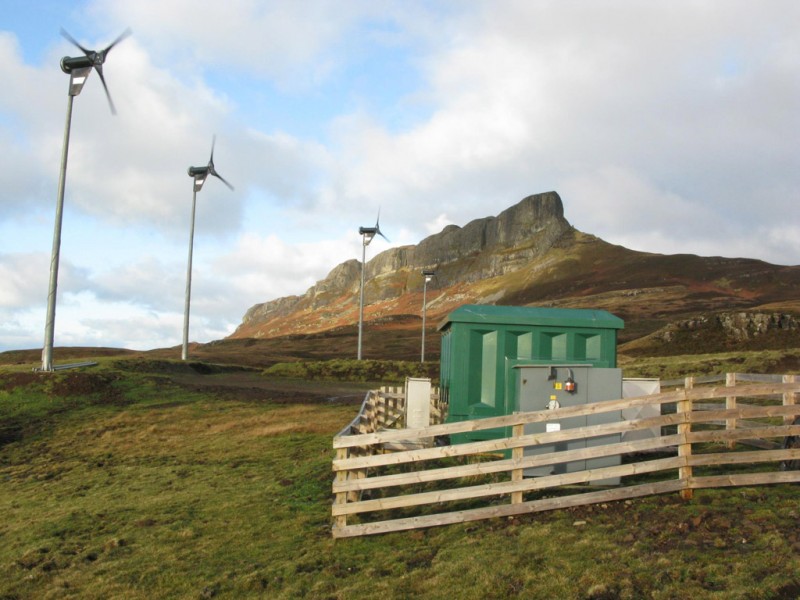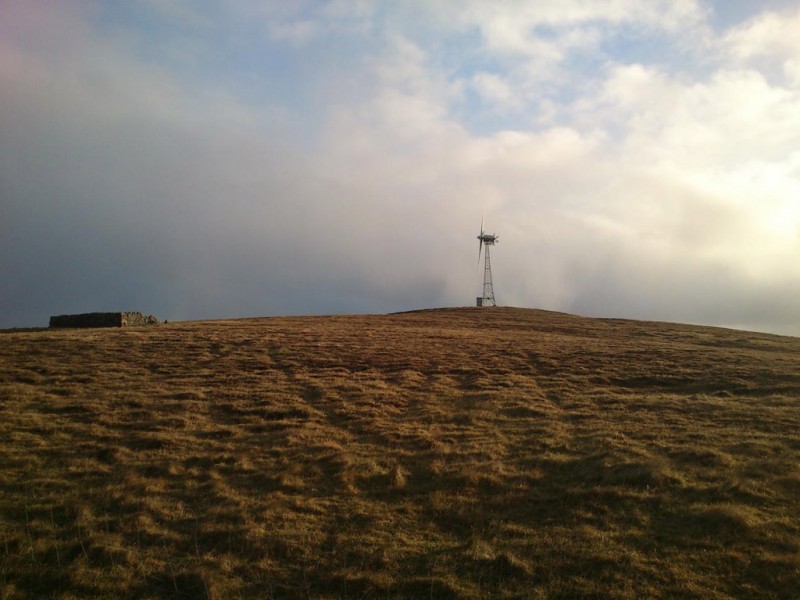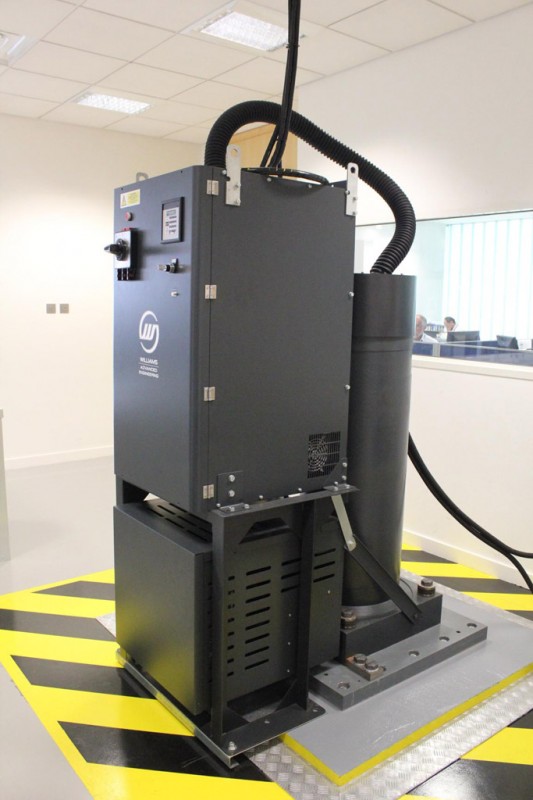Wind turbines and Formula One are not two things usually associated with each other. Williams Advanced Engineering has changed that with their innovative flywheel energy storage system, which in simple terms smooths out the fluctuating energy generated by wind turbines.
Williams Advanced Engineering is the division of Williams that aims to commercialise Formula One derived technologies. Their latest project is to install their flywheel energy storage technology in two remote Scottish island communities, to help stabilise their power grids, improve energy efficiency and reduce emissions from non-renewable power sources.
The Scottish Isles of Eigg and Fair are to be the first places in Europe to try out the Formula One developed “composite flywheel energy storage technology”.The technology was originally pioneered as a possible solution to the KERS rules when they came into Formula One a few years ago in 2009. Several propositions for energy recovery were created, mechanical flywheels being one and electric motors combined with battery storage another – which eventually found use in the cars themselves.
The flywheel technology, though not chosen by Formula One, worked very well and was, by some Formula One teams, the choice technology amongst the alternative Kinetic Energy Recovery Systems (KERS) possibilities. It works by taking the inertia energy created in braking to spin up a flywheel. This flywheel has in effect stored the energy in the form of spinning motion. When the car starts to accelerate again, the energy stored in the flywheel is released to the driven wheels and in effect boosts the car in acceleration. Several companies now offer so called ‘flybrid’ systems including the aptly named Flybrid, Williams Advances Engineering and engineering legends Ricardo.
Despite the lack of use in Formula One, the flywheel technology showed such potential that Williams, and others, decided to pursue alternative uses for it. This has included vehicles such as buses and Le Mans winning hybrid racing cars. The research by Williams Advanced Engineering was partially funded by an extended grant from the Department of Energy and Climate Change (DECC) Energy Entrepreneurs Fund which encourages innovation in low carbon technologies.
How does a technology developed for acceleration in Formula One cars benefit a rural wind turbine in Scotland, we hear you ask? In simple terms, wind turbines generate electricity sporadically. When there’s no wind, there’s no energy but when there’s plenty of wind, there’s plenty of energy. The problem is that the energy may not correspond to when it is needed by the grid. By applying the flywheel technology to the wind turbine system, it has the effect of levelling out the power output of energy created by the wind turbine.
The wind turbine spins in the wind, energy is created and the flywheel is charged up. As wind dies down, the flywheel system can then release the stored up energy until the wind comes back again. Of course, there are limits and if there is a period of no wind for an extremely long time, then the flywheel will of course run out of energy. Without needing to write much more of a description, this nicely explains the choice of location for the technology; Scottish islands… where there’s plenty to wind.
Fair Isle Electricity Company and Eigg Electric will be monitoring operational improvements, environmental benefits and energy saving since installing the technology on each island. Interestingly, the Fair Isle power network only guarantees electricity supply to the island during the day and until the new technology came along relied on diesel generators to backup their wind turbines. The flywheel system should help reduce the need to use the backup generators as the stored energy from the turbines will be kept in them. The effect of smoothing out the electric power to residents of the Scottish islands will improve the consistency of power delivered.
Robert Mitchell, Director of Fair Isle Electric Company, said:
“We are delighted that Williams Advanced Engineering is going to be installing this equipment in 2014. This will provide a much needed ‘buffer’ to improve our power quality and reduce how often we use the diesel generators. Our two wind turbines produce more than enough power most of the time but they cannot store energy so this will be an excellent addition.”
Over on the Isle of Eigg, the power network is a mish mash of solar, hydro and wind power backed up by old fashioned lead-acid batteries. The flywheel technology will replace the reliance on the batteries and allow the system to work more smoothly. Relying more on the flywheel system than the batteries frees them up to be used more efficiently in bulk energy storage which prolongs battery life.
Sarah Boden, Director of Eigg Electric, said:
“We have been working closely with Williams Advanced Engineering and they have visited our Island to see our mix of renewable generation and storage technology. We expect the new flywheel energy storage to be used for short term frequency regulation when generation drops off such as when clouds obscure the solar array. Our Island is managed by a partnership approach and this joint effort will further improve power quality and security of supply for the island power system.”
Paul Newsome, Chief Technical Officer of Williams Advanced Engineering, added:
“Energy efficient technologies are at the heart of Williams’ diversification strategy and this project is a very tangible example of how technology originally developed for Formula One racing can have a direct relevance to people’s lives. Finding ways to make renewable energy more efficient and reliable is increasingly important, particularly in remote locations that rely on this form of power, and this ground breaking partnership will help demonstrate the strong potential of Williams Advanced Engineering’s solution.”
Source; Williams Advanced Engineering



